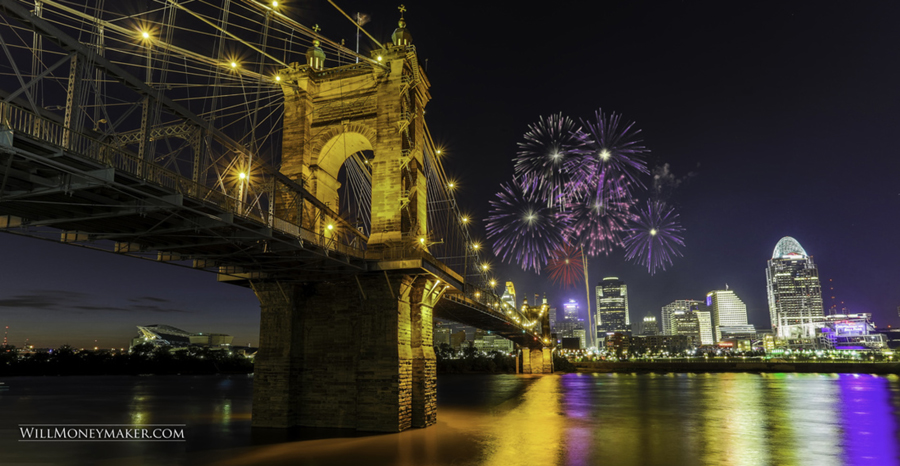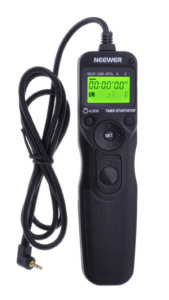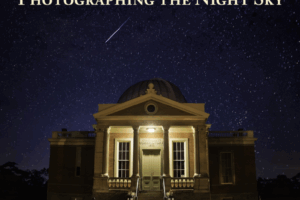Camera Settings and Tools For Amazing Fireworks Photos
Fireworks are one of the most challenging subjects you'll ever put in front of your lens. Between the darkness, the motion of the fireworks, and even the limitations of your equipment, it’s tough to create truly outstanding photos of these colorful midair bursts. Still, when you do get that one amazing image, the reward is more than worth it. The following tips will help you capture many outstanding images during the next Fourth of July fireworks display or any other explosive event!
1. Aperture and ISO
Above all else, you'll want images that are sharp and noise-free, which can be difficult to achieve at night. Moreover, fireworks burst and fade quickly, so the quicker you can find the right balance of settings, the more great images you'll take. Start with an ISO of 200 and an aperture of f/11. You can adjust up or down from there as needed.
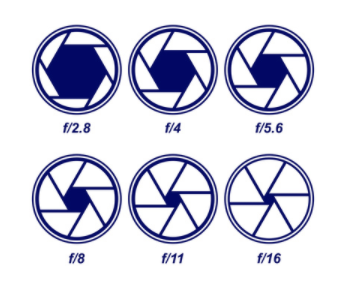
2. Use the Bulb Setting
You can use fixed shutter speed settings, but what if the shutter opens too late or closes too early? Rather than timing each shot, use the bulb setting instead. Activate the shutter release when you hear the fireworks launch, and keep the shutter open for three, four, or five bursts. If your exposure turns out over of underexposed, keep the shutter open for more or fewer bursts as needed.
3. Choosing the Right Lens
The lens focal length depends on two things: Your distance from the fireworks, and how to spread out or confined the bursts are. Use a focal length of up to 200mm if you’re quite a distance away or use a shorter lens if you’re closer. If the fireworks are bursting all over the sky, use a wider lens to make sure you capture them. However, if the bursts are confined to one spot, you can safely zoom in to fill more of the frame.
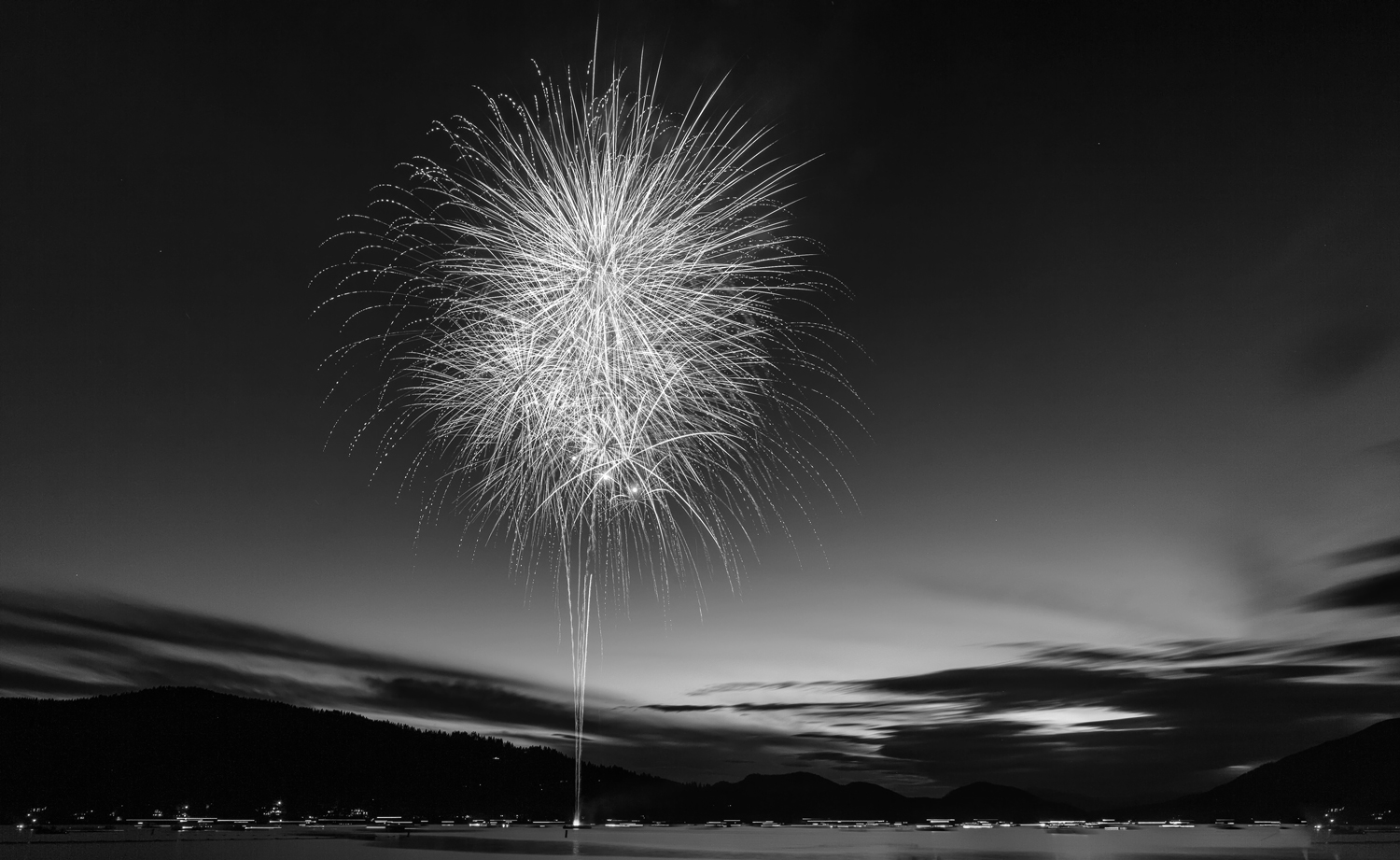
4. Skip the Autofocus
If you use autofocus, you’re likely to miss bursts as the system fishes for a focus lock. Instead, focus your lens to infinity and make manual adjustments as needed.
5. Image Stabilization and Noise Reduction
If your camera has these features, use them to shoot the fireworks show. Nighttime photography is notorious for noise and blurred images caused by camera shake. Both noise reduction and image stabilization will go a long way towards fixing those problems. Only use the image stabilization setting when you're not using a tripod.
6. Remote Shutter Releases
Remote shutter releases are invaluable when it comes to long exposure photography because they ensure that you won’t accidentally jostle the camera when pressing the shutter release. Use it if you have one, but if you don’t, set your camera’s timer for two seconds so that it stops moving between the times you press the shutter release and when the shutter actually opens.
Fireworks photography is challenging, but the gorgeous photos are something that you can enjoy for a lifetime. In the next post, I’ll show you some of the accessories you’ll need, and what to do if you’re using a smartphone or point-and-shoot camera.
How to Take Fireworks Photos Like a Pro #2

